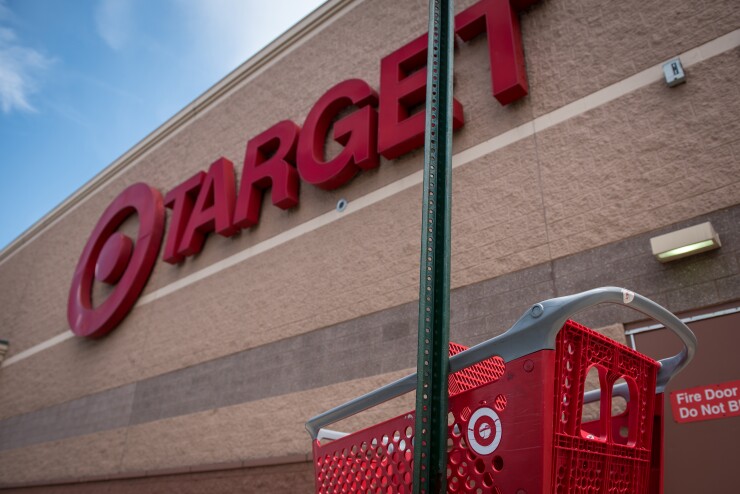After nearly
Describing the launch of Target Wallet as new may be something of a stretch since it’s essentially an augmentation of the pre-existing
Target Wallet is also somewhat restrictive in its payment options since payments can only be made using Target’s own REDcard.
The solution is “four times faster than other payment types,” according to Target, though that refers to other payment types available in Target since the retailer has been a

This walled garden approach to mobile payments may have some benefits in driving Target customers to use the app.
But, as with Walmart and other retailers that still shun third-party digital wallets, this strategy may need to adjust accordingly if and when Apple and Android Pay scale to a point where they are the defacto preference for consumers. On the other hand, Target’s strategy ensures that the retailer gets holistic control of the customer experience and, more importantly, can track purchase activity without customer credentials being obfuscated by third-party tokenization.
Target, like Walmart, probably has a sufficiently broad and loyal customer base to make the provision of a standalone mobile payment platform viable. However, allowing other types of payments beyond REDcard within the wallet may be required in order to gain more widespread traction.





